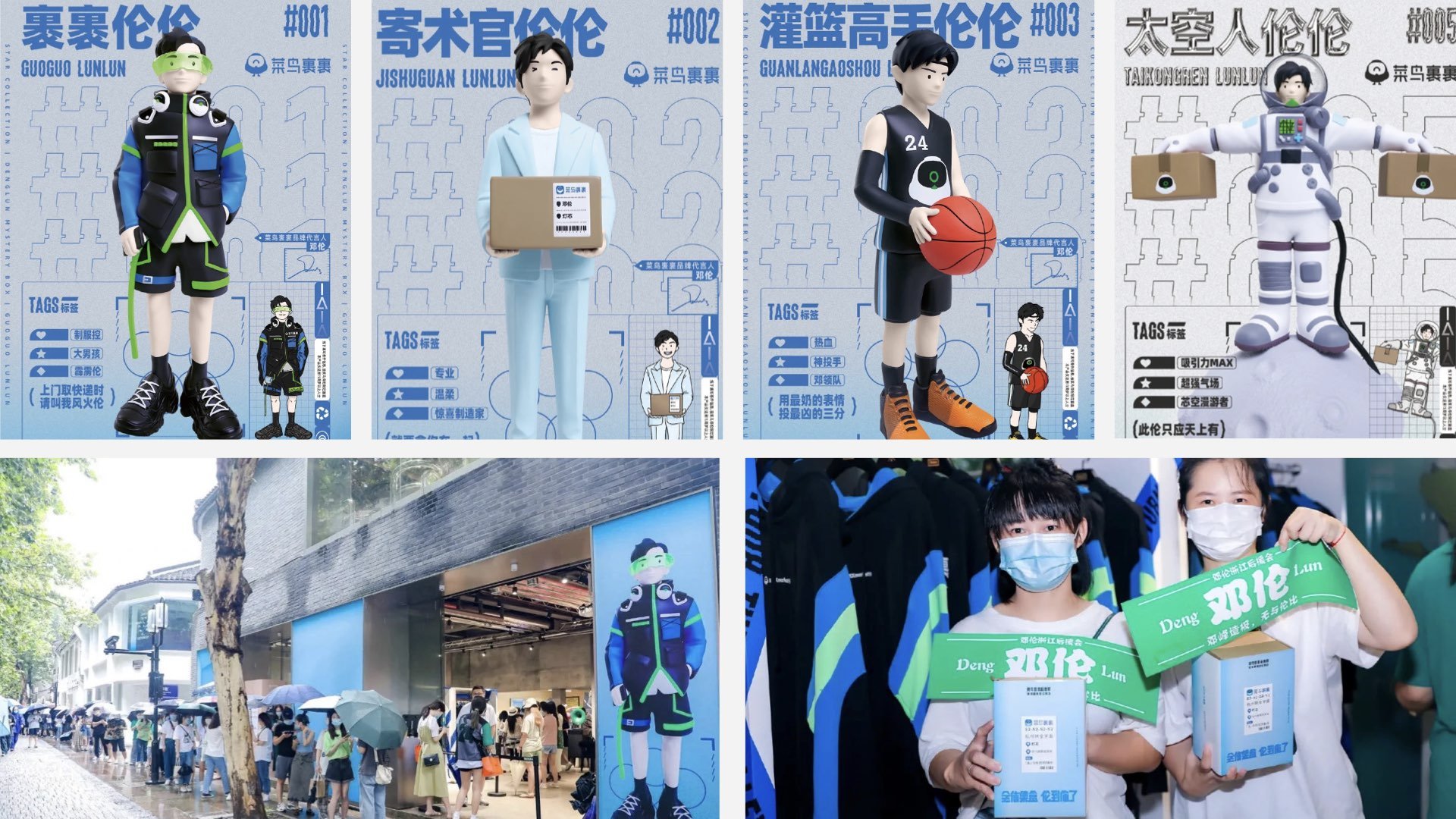BRANDS LOOK TO BLIND BOXES
The incredible success of POPMart - the collectible dolls/figurines brand - has lead to a surge of interest for mystery boxes in China, where they are called “Blind Boxes.” According to data from Tmall, there are upwards of 200,000 customers who spend over $3,087 (RMB20,000) per year on “Blind Boxes.”
Travel, beauty and fashion brands are among a growing number of brands who have launched “Blind Boxes” in the past couple of years, in the hopes of wooing experience-focused youth consumers.
“Blind Boxes” hold promise for brand building but require real discipline in implementation. Done well, they leverage brand equity/trust, where customers are willing to take a leap of faith on getting something new, surprising.
BRAND TRUST IS AT STAKE
“Blind Boxes” for branding can be a great way to build on engagement and spark new excitement into existing relationships - trust between customer and brand is key to making this work. Too many retailers have looked at blind boxes as opportunities to pump sales and to dump out-of-season inventory. These efforts seldom payoff and are likely to end with trust in the brand being eroded.
For “Blind Boxes” to work well, brands must under-promise and over-deliver on what’s inside and create experiences where audiences collect and complete sets of products. In this sense, “Blind Boxes” are better used for creating unique brand experiences & customer rewards, than for merchandising and sales.
“Blind Boxes” work best when they are generous,
fun and authentic.
KOLs/KOCs act as arbiters of authenticity and value. They are among the first to try and evaluate, sharing their unfiltered opinions. They hold the power to make-or-break any such campaigns.
CELEBRITIES ADD ASSURANCE, EXCITEMENT TO BLIND BOXES
Parcel delivery company CaiNiao has created a “Blind Box” set featuring a series of dolls/figurines of celebrity Deng Lun. The series of boxes are accompanied by a set of videos telling the story of the brand and celebrity involvement. Working with celebrity Deng Lun, adds a level of trust to the effort - as a fan of Deng Lun, you know you will receive something of value.
ADDING A SPARK TO GAMIFICATION AND O2O EFFORTS
LANVIN held a lottery through its WeChat Mini Program, with winning customers able to un-lock a prized “Blind Box” at an offline terminal using a winning code. In this way, “Blind Boxes” hold the potential to support O2O activations and be a focal part of gamification campaigns.





